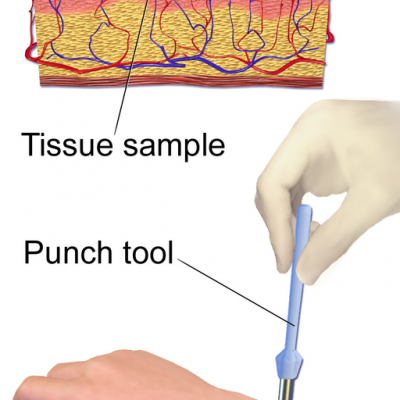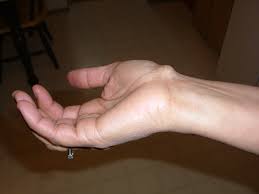Services

Skin Biopsy
Skin biopsy is a procedure where your dermatologist removes a small, thin layer of skin (called a skin sample) for examination by a laboratory. A dermatologist may use this procedure to diagnose many different kinds of conditions that affect the outer layer of the skin. Diagnostic skin biopsies can also be done to help determine treatment options for severe cases or people who don’t respond well to treatment.
Risk Factors
Skin biopsy is a safe procedure, but it too has some risk factors. The risk factors of skin biopsy include:
- Bruising
- Bleeding
- Infection
- Scarring
- Allergic reaction
Why is Skin Biopsy done?
Skin biopsy is a treatment that is used to diagnose skin conditions and diseases. The treatment includes:
- Actinic keratosis
- Inflammatory skin conditions
- Skin tags
- Warts
- Suspicious moles or other types of growths
- Skin infection
- Skin cancers that include basal cell carcinoma, squamous cell carcinoma and melanoma
- Blistering skin disorder
What to expect?
During a skin biopsy, you may experience mild discomfort with soreness that lasts from 1 to 3 days. If the skin biopsy is on a large area of your body, you may need pain medication for up to 2 weeks.
A skin biopsy is not an invasive procedure and does not require general anaesthesia. The technician may numb the area if necessary.
Afterwards, you can go about your daily routine as long as you regularly protect the wound from contamination and keep it bandaged until healing is complete.
If you are concerned about infection or have questions, contact your dermatologist or doctor.
Your dermatologist will provide additional care and follow-up for your skin biopsy depending on the result. Generally, a skin biopsy is performed as a benign growth, such as a cyst or wart, is removed.




